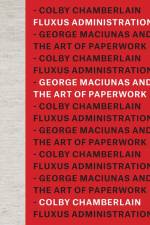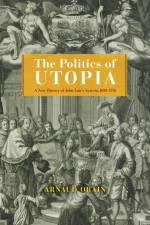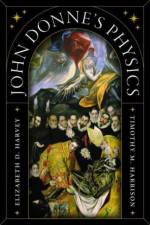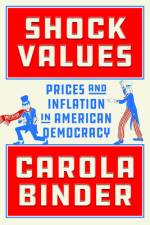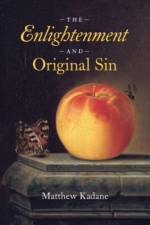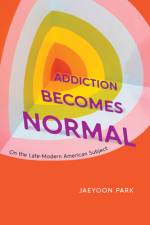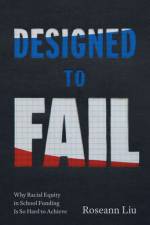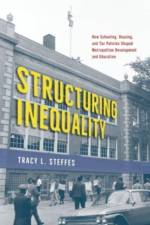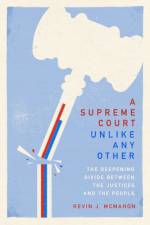av Rebecca Zorach
1 159,-
"There is no question that art has played a key role in constructing the public understanding of "America." Probing the intersection of art, nature, race, and place, Temporary Monuments examines how art and artists have responded to this legacy by imagining new ways of constructing notions of land, culture, and public space. Zorach demonstrates how art historical tropes play out through and against the construction of race in a series of real and conceptual spaces that are key to how we imagine this country. Ranging from the museum, the wild, and the monument to the garden, the home, and the border, Temporary Monuments incorporates memoir, historical narrative, literary analysis, and close looking at objects that date from significant moments in American history. Works by artists such as Rebecca Belmore, Dawoud Bey, George Catlin, Theaster Gates, Kerry James Marshall, Dylan Miner, Barnett Newman, Postcommodity, Cauleen Smith, and Amanda Williams help to pry open knotty questions about the relationship between the environment, social justice, history, and identity"--

